- No products in the cart.
Klatsid prig.susp.dlya granules for oral administration 125mg / 5ml 100ml 70.7g fl.plast
$15.21
Klatsid prig.susp.dlya granules for oral administration 125mg / 5ml 100ml 70.7g fl.plast
SKU: 1034400132 Categories: Antibiotics, Antibiotics, antimicrobial, antiparasitic, Medicaments Tags: Abbott, clarithromycin
Description
Composition
Active substance:
5 ml suspentsii comprises: clarithromycin 250 mg or 125 mg of clarithromycin.
Product form:
powder for suspension for oral administration 125 mg / 5 ml.
powder for suspension for oral administration 250 mg / 5 ml.
Contraindications
Increased sensitivity to the drug and other macrolides; concomitant use of clarithromycin with the following medicines: astemizole, cisapride, pimozide, terfenadine; simultaneous reception of clarithromycin with ergot alkaloids, for example ergotamine, dihydroergotamine; simultaneous reception of clarithromycin with midazolam for oral use; patients with a history of lengthening the interval QT, ventricular fibrillation or ventricular tachycardia type “pirouette”; patients with hypokalemia (risk of QT interval elongation); Patients with severe hepatic insufficiency, to run concurrently with renal insufficiency; simultaneous reception of clarithromycin with inhibitors of HMG-CoA reductase inhibitors (statins), which largely metabolized isoenzyme CYP3A4 (lovastatin, simvastatin), due to an increased risk of myopathy, including rhabdomyolysis; simultaneous reception of colchicine with clarithromycin in patients with impaired liver or kidney function; patients with cholestatic jaundice / history of hepatitis, which developed when using clarithromycin; porphyria; breastfeeding; Patients with congenital fructose intolerance, sucrase-isomaltase insufficiency, a syndrome of glucose-galactose malabsorption.
Precautions: renal failure secondary to severe; liver failure, moderate and severe; myasthenia gravis (possibly increased symptoms); simultaneous reception of clarithromycin with benzodiazepines, such as alprazolam, triazolam, midazolam for intravenous administration; simultaneous with drugs that are metabolized isoenzyme CYP3A, e.g., carbamazepine, cilostazol, cyclosporine, disopyramide, methylprednisolone, omeprazole, oral anticoagulants (e.g., warfarin), quinidine, rifabutin, sildenafil, tacrolimus, vinblastine; simultaneous with drugs that induce isoenzyme CYP3A4, e.g., rifampicin, phenytoin, carbamazepine, phenobarbital, St. John’s wort; simultaneous with calcium channel blockers, which are metabolized isoenzyme CYP3A4 (e.g., verapamil, amlodipine, diltiazem); Patients with coronary heart disease (CHD), severe cardiac insufficiency, hypomagnesemia, severe bradycardia (less than 50 beats / min) and patients taking concomitant antiarrhythmics IA class (quinidine, procainamide) and Class III (dofetilide, amiodarone, sotalol) ; pregnancy; diabetes (preparation contains sucrose).
Dosage
25 mg / ml
Indications
Infectious and inflammatory diseases caused by microorganisms sensitive to clarithromycin: lower respiratory tract infections (such as bronchitis, pneumonia); upper respiratory tract infections (such as pharyngitis, sinusitis); skin and soft tissue infections (such as folliculitis, cellulitis, erysipelas) disseminated or localized mycobacterial infections due to Mycobacterium avium and Mycobacterium intracellulare; localized infection caused by Mycobacterium chelonae, Mycobacterium fortuitum and Mycobacterium kansasii; acute otitis media.
Interaction with other drugs
Drugs that are inducers of CYP3A (e.g., rifampicin, phenytoin, carbamazepine, phenobarbital, St. John’s Wort), can induce metabolism of clarithromycin. The following drugs have proven or presumed impact on the concentration of clarithromycin; in case of concomitant administration with clarithromycin dosage adjustments may be necessary or switching to alternative therapy: efavirenz, nevirapine, rifampicin, rifabutin, rifapentine, etravirine, fluconazole, ritonavir, oral hypoglycemic agents / insulin (recommended careful monitoring of glucose levels). Antiarrhythmic drugs (quinidine and disopyramide) may cause ventricular tachycardia type “pirouette” with a joint appointment of clarithromycin and quinidine or disopyramide. Interactions caused CYP3A: co-administration of clarithromycin, which is known to inhibit isoenzyme CYP3A, and drugs primarily metabolized by CYP3A, may be associated with a reciprocal increase in their concentration, which can enhance or prolong both therapeutic and side effects. HMG-CoA reductase inhibitors (statins): in case of need co-administration, it is recommended to take the lowest dose of the statin, statins should be used, independent of CYP3A metabolism. Indirect anticoagulants: When coadministered warfarin and clarithromycin possibly bleeding, a marked increase in INR and prothrombin time. Full information on interaction with drugs provided in the instructions for use.
Overdose
In case of overdose, remove unabsorbed drug from the gastrointestinal tract and symptomatic therapy. Hemodialysis and peritoneal dialysis has no significant effect on the serum concentration of clarithromycin that is characteristic of other drugs macrolide.
pharmachologic effect
Pharmacodynamics:
Semisynthetic macrolide antibiotic of a wide spectrum of action. Penalized microbial protein synthesis (binds to the 50S subunit of microbial ribosomes membrane cells). It acts on extra- and intracellularly located exciters. clarithromycin activity against most strains of the following microorganisms proved both in vitro, and in clinical practice – aerobic Gram-positive organisms Staphylococcus aureus, Streptococcus pneumoniae, Streptococcus pyogenes, aerobic gram-negative bacteria Haemophilus influenzae, Haemophilus parainfluenzae, Moraxella catarrhalis, Legionella pneumophila, other microorganisms Mycoplasma. pneumoniae, Chlamydia pneumoniae, Mycobacterium Mycobacterium avium complex (MAC) – complex, comprising Mycobacterium avium and Mycobacterium intracellulare, Helicobacter pylori. Beta-lactamase does not affect the activity of clarithromycin. The activity of clarithromycin in vitro – aerobic gram-positive bacteria Listeria monocytogenes, Streptococcus agalactiae, Streptococci Group C, F, G, Streptococci Group viridans, aerobic gram-negative microorganisms Neisseria gonorrhoeae, Bordetella pertussis, Pasteurella multocida, anaerobic gram-positive bacteria Clostridium perfringens, Peptococcus niger, Propionibacterium acnes, anaerobic gram-negative microorganisms Bacteroides melaninogenicus, spirochete Borrelia burgdorferi, Treponema pallidum, Mycobacterium Mycobacterium leprae, Mycobacterium chelonae, Campylobacter Campylobacter jejuni. Microbiologically active metabolite clarithromycin – 14 (R) -hydroxy-clarithromycin twice more active than the parent compound towards Haemophilus influenzae. Clarithromycin and a metabolite thereof in combination may have as an additive or synergistic effect on the Haemophilus influenzae in vitro and in vivo, depending on the strain of bacteria. Most strains of staphylococci resistant to methicillin and oxacillin resistant to clarithromycin. Perhaps the development of cross-resistance to clarithromycin and other macrolide antibiotics, as well as lincomycin and clindamycin.
Pharmacokinetics:
Absorption – fast. Food slows the absorption without significantly affecting bioavailability. Bioavailability of Tablets of 250 mg – 50% in the form of slurry equivalent to or somewhat higher than when in the form of tablets. Relationship to plasma proteins – 65-75%. After a single dose Cmax peak 2 is recorded. The second peak due to the ability of the drug to accumulate in the gallbladder followed by gradual or fast entry into the intestine, and absorption. TCmax when receiving 250 mg – 2-3 hours for long-acting LF -. 6 hours after oral administration of 20-30% of the dose of clarithromycin rapidly hydroxylated in the liver cytochrome CYP3A4, CYP3A5 and CYP3A7 to form the major metabolite – 14 (R) -gidroksiklaritromitsina having pronounced antimicrobial activity against Haemophilus influenzae. It is an inhibitor of isozyme CYP3A4, CYP3A5 and CYP3A7. With regular use of 250 mg / day Css unchanged drug and its major metabolite – 1 and 0.6 ug / ml, respectively, T1 / 2 – 3-4 and 5-6 hours, respectively. Increasing the dose to 500 mg / day Css unchanged drug and its metabolite in plasma – 2.7-2.9 and 0.83-0.88 g / ml, respectively, T1 / 2 – 4.8-5 and 6.9-8.7 parts, respectively, to LF depot (500mg / d) – 5.3 and 7.7 hours, 1,000 mg / day – 5.8 and 8.9 hours, respectively. At therapeutic concentrations accumulate in the lungs, skin and soft tissue (in which 10 times the serum level concentrations). Excreted by the kidneys and intestine (20-30% – in unmodified form, the rest – in the form of metabolites). When the single dose of 250 and 1200 mg kidneys stands 37.9 and 46%, intestine – 40.2 and 29.1% respectively. When CRF increases TCmax, Cmax and AUC of clarithromycin and its metabolite.
Pregnancy and breast-feeding
The use of clarithromycin during pregnancy (especially in I trimester) is only possible in the absence of alternative therapies, and the potential benefit to the mother outweighs the potential risk to the fetus. Clarithromycin is excreted in breast milk. If necessary reception lactation, breastfeeding must stop.
Conditions of supply of pharmacies
On prescription.
side effects
Allergic reactions: rash; on the part of the nervous system: headache, insomnia; with the skin: intense sweating; From the digestive system: diarrhea, vomiting, dyspepsia, nausea, abdominal pain; From the senses: dysgeusia, taste perversion; on the part of the cardiovascular system: vasodilation; laboratory parameters: deviation in liver function tests.
A list of all side effects presented in the instructions for use.
special instructions
Long-term use of antibiotics can lead to the formation of colonies with increased amounts of non-susceptible bacteria and fungi. By superinfection necessary to assign appropriate therapy. In the application of clarithromycin reported cases of liver dysfunction (increased concentration of hepatic enzymes in blood, hepatocellular and / or cholestatic hepatitis with jaundice or without). Hepatic dysfunction may be severe, but is usually reversible. There are cases of liver failure fatal, mainly due to the presence of serious opportunistic diseases and / or simultaneous use of other drugs. If signs and symptoms of hepatitis, such as anorexia, jaundice, dark urine, itching, pain on palpation of the abdomen, you should immediately discontinue therapy with clarithromycin. In the presence of chronic liver diseases is necessary to carry out regular monitoring of serum enzymes. In the treatment of nearly all antibacterial agents, including clarithromycin, described cases of pseudomembranous colitis, the severity of which can range from mild to life-threatening. Antibacterials can change the normal intestinal flora, which can lead to the growth of C. difficile. Pseudomembranous colitis caused by Clostridium difficile, is necessary at all suspect patients experiencing diarrhea appearance after application of antibacterial agents. After a course of antibiotic therapy requires careful medical supervision of the patient. Described cases of pseudomembranous colitis after 2 months after taking antibiotics. Clarithromycin should be used with caution in patients with coronary heart disease (CHD), severe cardiac insufficiency, hypomagnesemia, severe bradycardia (less than 50 beats / min), and while the use of antiarrhythmic IA class drugs (quinidine, procainamide) and Class III ( dofetilide, amiodarone, sotalol). Under these conditions and at the same time taking the drug with these drugs should be regularly monitoring the electrocardiogram for increasing the interval QT. Perhaps the development of cross-resistance to clarithromycin and other macrolide antibiotkam, as well as lincomycin and clindamycin. Given the growing resistance of Streptococcus pneumoniae to macrolides, it is important to test the sensitivity of the appointment of clarithromycin in patients with community-acquired pneumonia. In nosocomial pneumonia clarithromycin should be used in combination with the appropriate antibiotics. Skin and soft tissue infections of mild to moderate severity is most often caused by Staphylococcus aureus and Streptococcus pyogenes. In this case both the pathogen can be resistant to macrolides. Therefore, it is important to test for sensitivity. Macrolides can be used for infections caused by Corynebacterium minutissimum (erythrasma), diseases of acne vulgaris, and erysipelas, as well as in situations where you can not use penicillin. In case of acute hypersensitivity reactions, such as anaphylaxis, Stevens-Johnson syndrome, toxic epidermal necrolysis, drug rash with eosinophilia and systemic symptoms (DRESS-syndrome), Henoch-Schonlein, you must immediately stop taking clarithromycin and start appropriate therapy. In patients taking clarithromycin, reported an exacerbation of symptoms of myasthenia gravis. In the case of joint use with warfarin or other indirect anticoagulants necessary to monitor the prothrombin time and INR. When administering the drug to patients with diabetes should be borne in mind that the preparation contains sucrose.
Effects on ability to drive vehicles and other classes of potentially hazardous activities that require high concentration and psychomotor speed reactions must take into account the potential for dizziness, vertigo, confusion and disorientation, which may occur while taking this drug. Caution should be exercised when driving and busy with other potentially hazardous activities that require high concentration and psychomotor speed reactions.
Storage conditions
In the dark place at a temperature not higher than 30 ° C.
Dosing and Administration
For ingestion. Prepared suspension can be taken with or without food, including milk. Before Use: vial was gradually added to the mark with water and shaken to obtain 60 ml (125 mg / 5 ml) or 100 ml (250 mg / 5 ml) suspension. The recommended daily dose of clarithromycin during suspension nemikobakterialnyh infections in children was 7.5 mg / kg two times a day (maximum – 500 mg 2 times a day). The usual duration of treatment – 5-10 days, depending on the pathogen and the severity of the condition. In children with disseminated or localized mycobacterial infections (M. avium M. intracellulare, M. chelonae, M. fortuitum, M. kansasii) recommended daily dose of clarithromycin is 7.5-15 mg / kg, 2 times per day. In children with creatinine clearance less than 30 mL / min clarithromycin dose should be reduced by half.
Information
Appearance may differ from that depicted in the picture. There are contraindications. You need to read the manual or consult with a specialist
Additional information
| Weight | 0.100 kg |
|---|---|
| Manufacturer | Abbott |

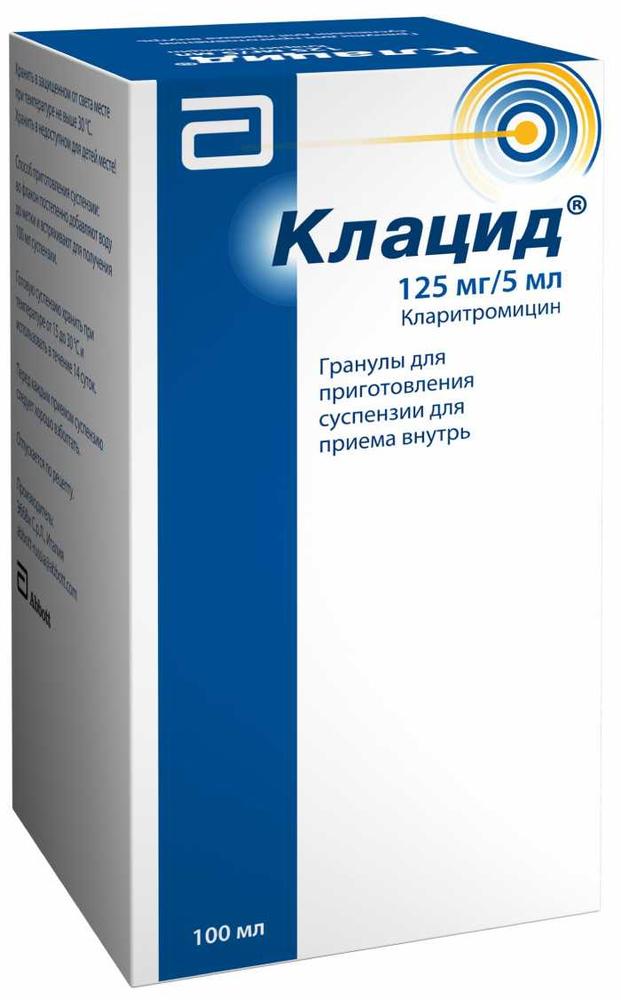
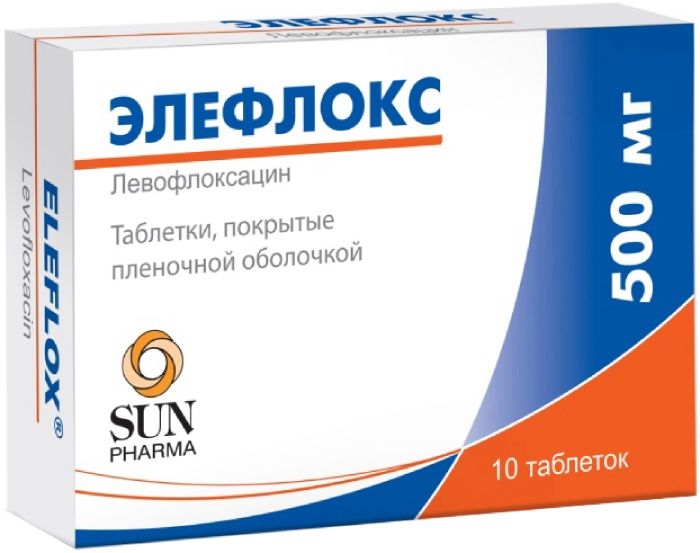
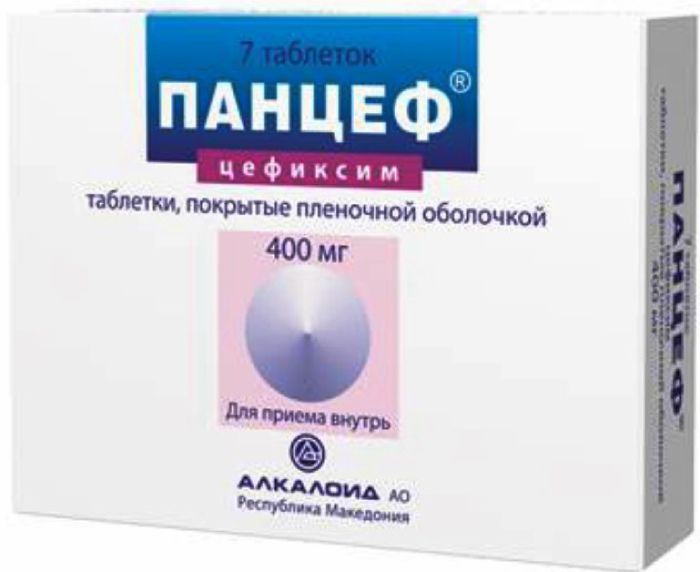
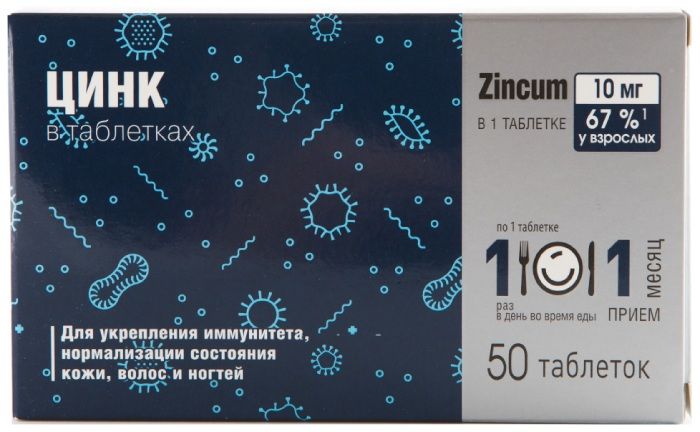
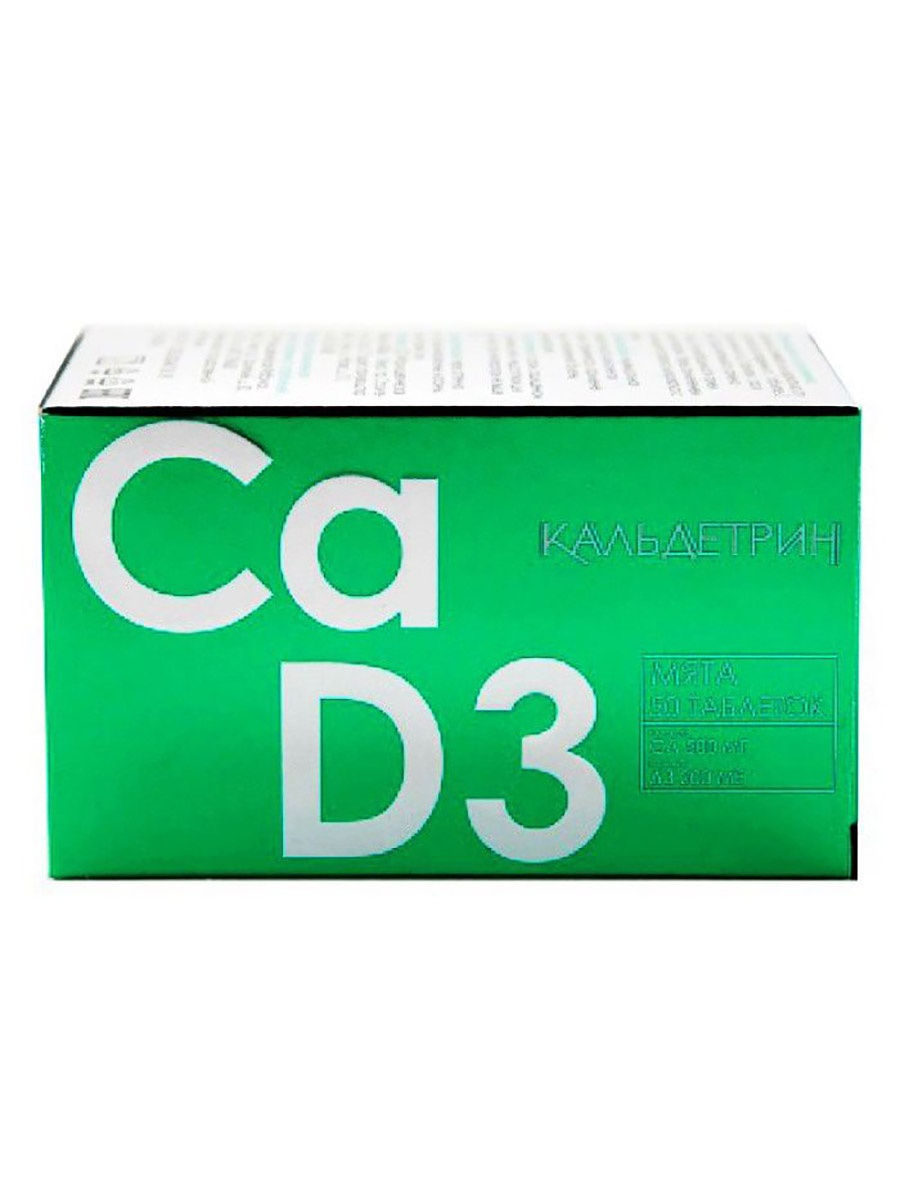
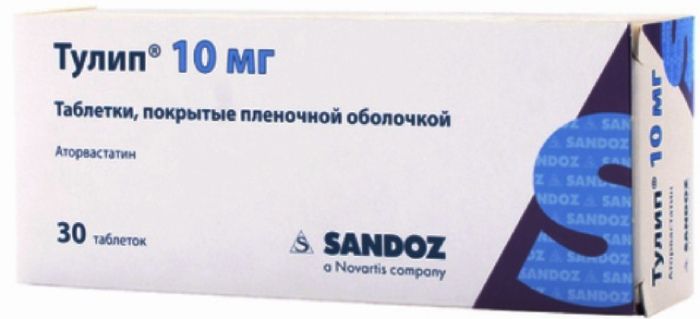


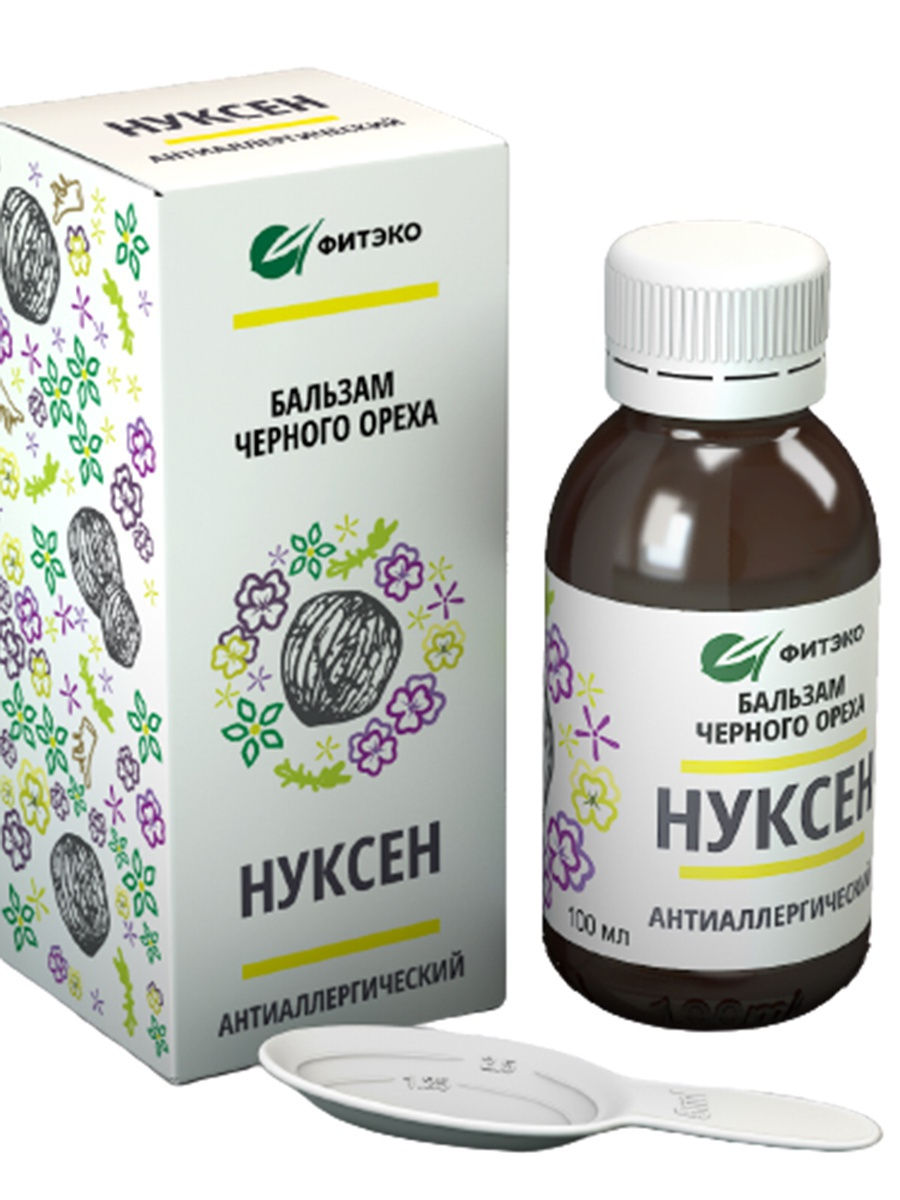




There are no reviews yet.